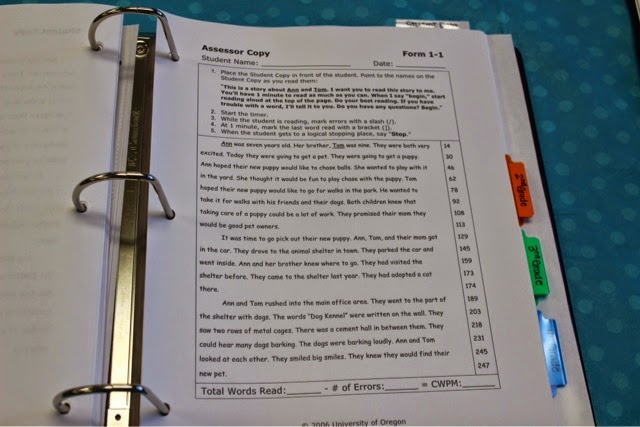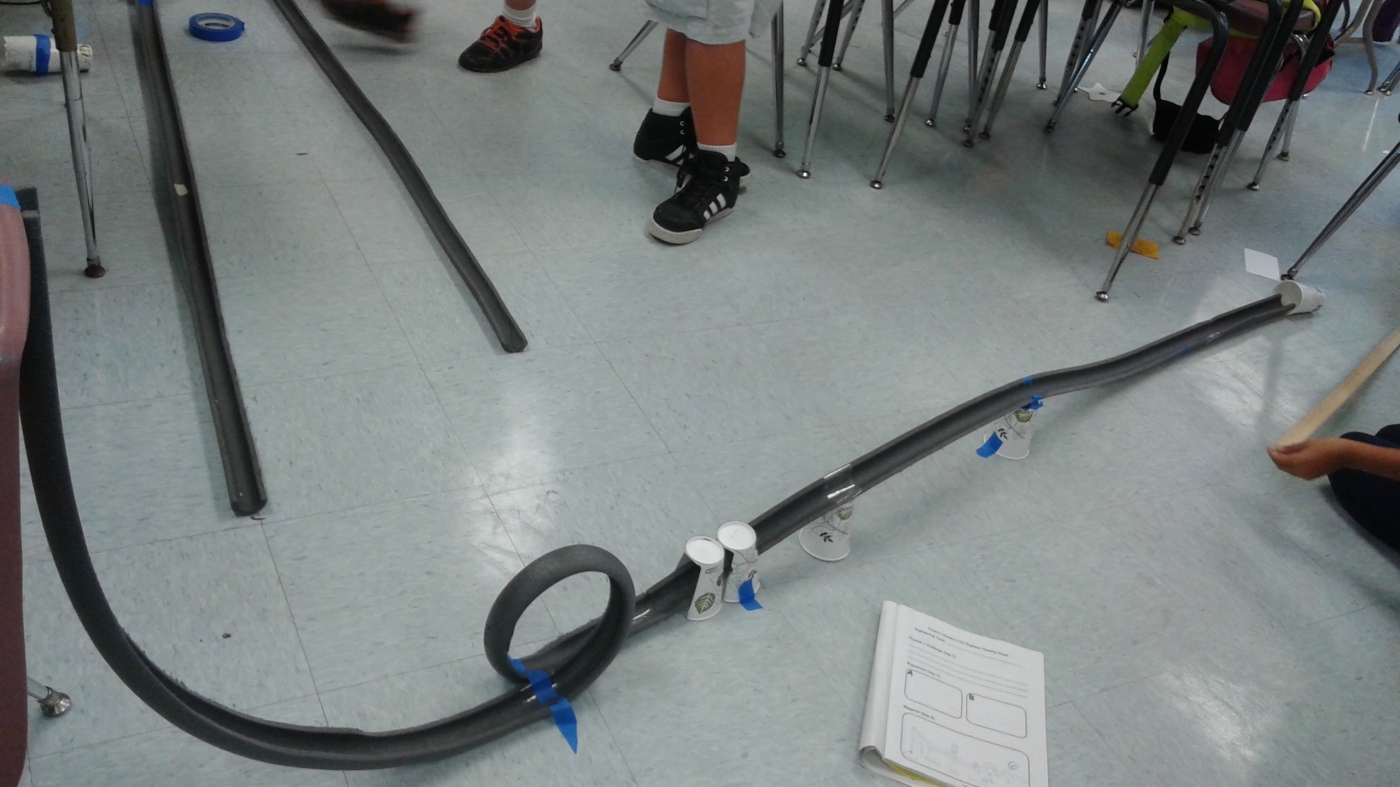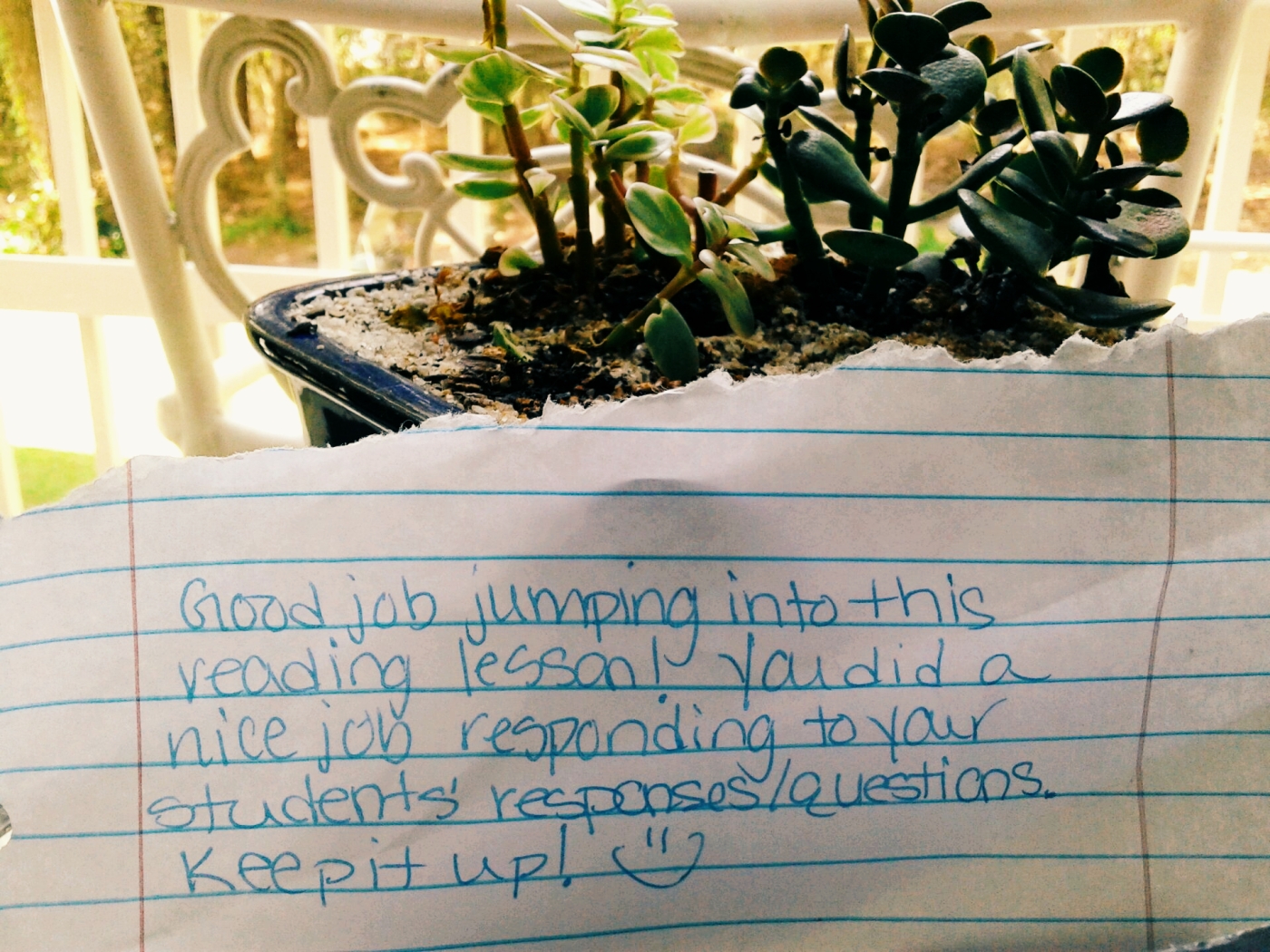The tone of the classroom was set early on by Madam Hooch today. She wasn’t having a good day because she has been sick all week. Before school started, one of the students, Ron, came into class and sat down. He then took out his Nintendo 3 DS and began playing it. Since third grade Ron has been at risk of failing every year. Some days he will do some work, but other days he refuses to engage. Madam Hooch has been very patient with him throughout the year in order to gain a relationship with in to increase his motivation. However, today Madam Hooch’s patient lacked. When the school bell rang to begin the day, Madam Hooch gave instructions to take out their math book. When she saw that Ron still had his gaming system out she took it out of his hands and shouted at him loosing her cool. Throughout the rest of the day, Madam Hooch had a short temper and I could tell that the students were walking on egg shells.
Even with this set back, the students were excited to start to build their roller coasters for the science Olympics. The last couple of weeks, the fifth grade curriculum has been working in a LDC roller coaster physics work book (FEAP 1A). The final assessment is to build a mini roller costar applying the ideas they learned about including: acceleration, inertia, force, kinetic energy, and potential energy (FEAP 1D, 1F 3B). Each fifth grade class chooses one group’s roller coaster in their class to compete in the science Olympics. The winner is determined by the distance the force of a marble coming out of the mini roller coaster pushes a cup. I was excited to have the opportunity to watch the students sketches come to life. As the groups began their designing process, I was able to walk around and discuss with various groups their reasoning behind their design (FEAP 1E). When I came to Luna and Susan’s group, they were experiencing difficulty with their coaster. The marble keep stopping before going around the tear drop loop, since they should be in-between Piaget’s Concrete and Formal Operational Stages, I questioned them asking: “why do you think this is happening?” (FEAP 3F) Luna’s logical response clearly showed an understanding for abstract reasoning because she said: “the marble doesn’t gain enough kinetic energy before entering the loop.” She then hypothesized a change of design, theorizing to place the loop closer to the initial drop. Susan, on the other hand, was preoccupied with the fact that she might loose her teacher directed P.E. because they were having to redesign their roller coaster. I reaffirmed them that if it came to that, then I would stay in the class with them while their working. Luna proclaimed right away, “that sounds like a deal!” I told them that I would check back in with them so I could see what the other groups were doing. The difference between Susan and Luna seemed as though a difference in their self-efficacy. Luna appeared to have a much higher self-efficacy and was self motivated to figure out why the roller coaster wasn’t working. She seemed determined to be successful in the task at hand, whereas Susan didn’t seem to care if she was successful or not. She only wanted to play outside. This could all be influenced from their past experiences within this field of education. After reflecting on this activity, I was pleasantly surprised by how much creativity and initiative the students had. Also, until today I never really had gotten back such a positive reaction to my presence in the class. The students never seemed phased. It gave me joy to know that the students actually really enjoy me being in there!
Additionally today, Madam Hooch had to finish up assessing the easyCBM reading fluency assessment. She advised me to sit in on the rest to give me experience in how this assessment worked. The easyCBM is a system that allows to progress the development of the student’s reading fluency (FEAP 4C). Every few weeks the school will give the teachers this assessment to give to their students and afterwards the teacher will send in each student’s results. At the end of the year, each teacher is able to see the progress that their student’s made in their reading fluency (FEAP 5B). I am glad that I got the opportunity to see how this official assessment worked because I will eventually run into these types of things when I am an official teacher with my own class (FEAP 5D).

Reflective Questions:
1. How can I help increase the self-efficacy and self-regulation of every student? Even those that aren’t motivated?
2. What can I do to have students think for themselves when asked higher order questions, instead of pulling answers out of them?


Recent Comments